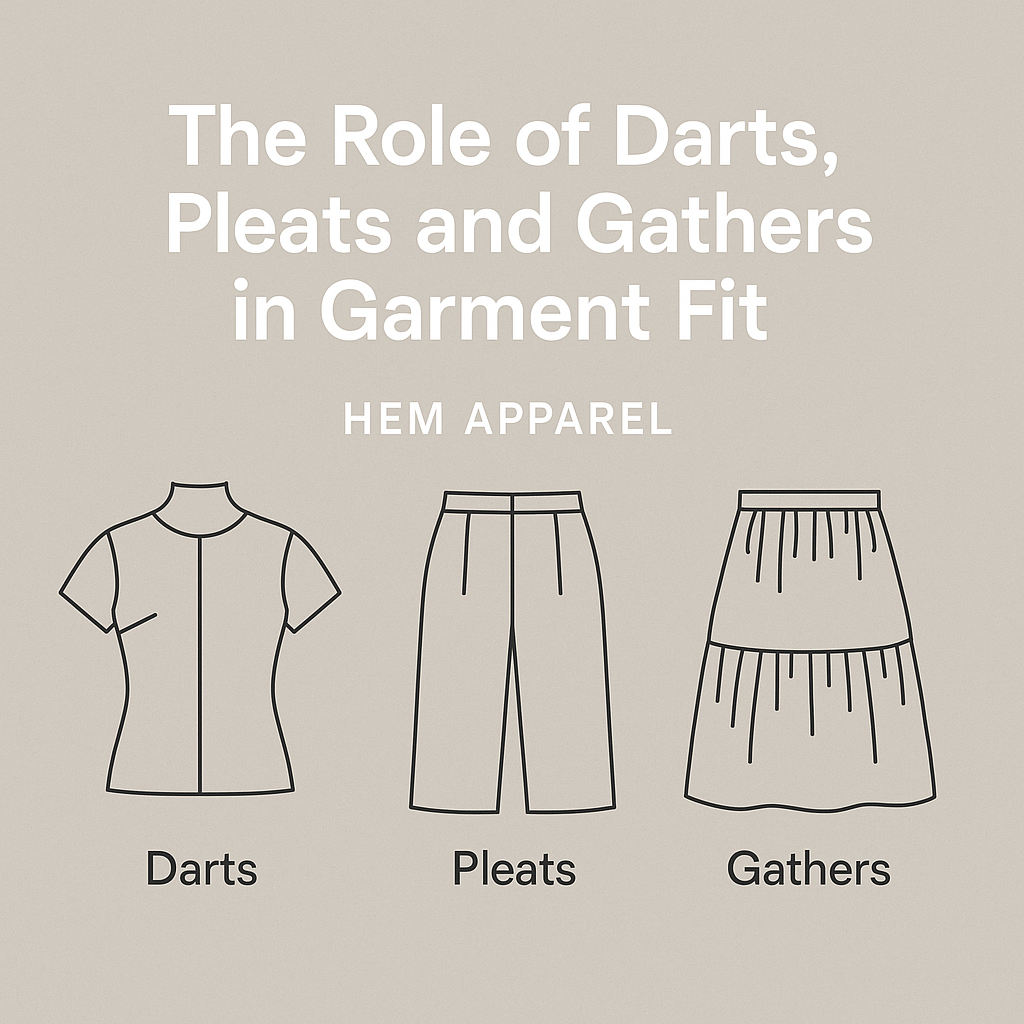You’ve nailed the design, the fit is perfect — but after one wash, the garment feels too tight.
Sound familiar? That’s fabric shrinkage in action.
At HEM APPAREL, we help brands account for shrinkage from the beginning — so your customers get a product that fits and stays consistent over time.
🧵 What Is Fabric Shrinkage?
Shrinkage is the reduction in fabric dimensions after washing or drying.
Natural fibers like cotton, especially in knit fabrics like jersey or fleece, are the most prone to it.
📉 How Much Does Fabric Shrink?
| Fabric Type | Typical Shrinkage Rate |
|---|---|
| Cotton Jersey | 3–7% |
| Fleece (Cotton-based) | 5–10% |
| Polyester/Poly Blends | <3% |
| Rib Knit | 8–12% (if untreated) |
Shrinkage can happen in:
-
Length (vertical) → affects body length, sleeve length
-
Width (horizontal) → affects chest and overall fit
🧪 How We Test Shrinkage
At HEM APPAREL, we perform a shrinkage test during fabric sourcing:
-
Cut a sample swatch (e.g. 50x50cm)
-
Wash and dry under standard conditions
-
Measure again and calculate % shrinkage
-
Apply tolerance to final size chart
📐 How We Plan for Shrinkage
To ensure your garment fits properly after wash, we:
-
Adjust the pattern to account for fabric shrinkage
-
Clearly define finished measurements in size charts
-
Recommend pre-shrunk fabrics when possible
-
Include +/- tolerance in production (usually ±1cm)
✅ Example: If your desired body length is 72cm and shrinkage is 5%, we’ll cut it at ~75.5cm.
🧠 HEM APPAREL’s Tip:
Always ask your manufacturer about shrinkage rate — especially if you’re using 100% cotton or heavy knits.
If you're unsure, stick to pre-shrunk or enzyme-washed fabrics, or build in safety margin into your fit.





